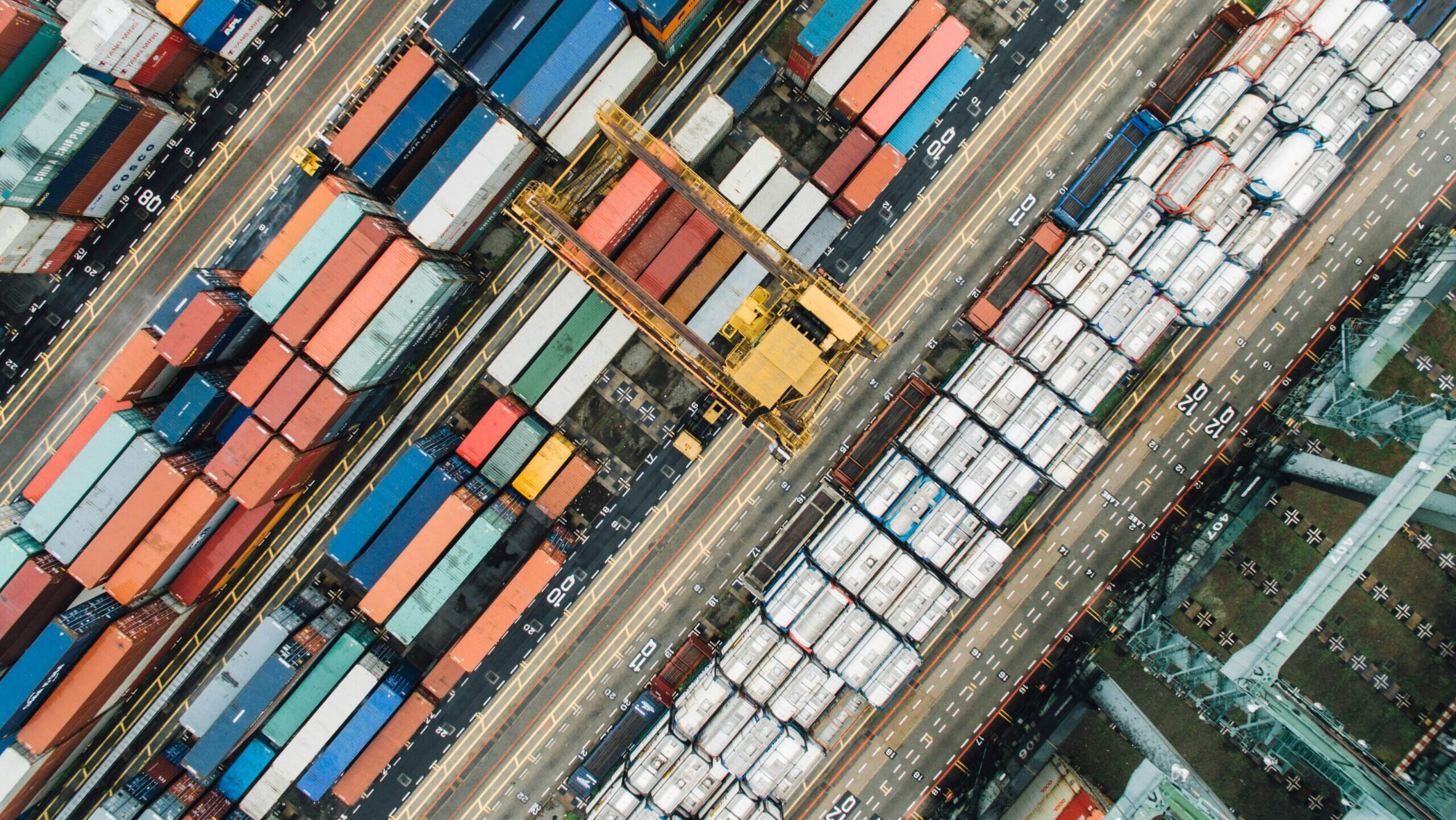Retailers still having nightmares about logistics issues and shipping costs in the aftermath of the COVID pandemic have hedged their bets, moving overseas orders up by months to ensure shelves will be stocked for the all-important back-to-school and holiday seasons.
Experts told The Food Institute logistics managers and retailers are seeing some of the same signs for growing disruptions as in the recent past, including congestion at shipping ports and rising fuel costs. Add to that uncertainty related to labor negotiations along the U.S. East and Gulf coasts and efforts to beat introduction of any new tariffs on Chinese goods.
“I’ve seen firsthand why retailers are pushing their overseas orders forward. It’s all about managing risk and ensuring product availability,” said Sean Clough, principal at Harmony Business Supplies. “We’re dealing with ongoing supply chain disruptions, potential shipping delays, and the looming threat of port congestion.
“By ordering early, retailers are giving themselves a buffer against uncertainties.”
The Wall Street Journal reported more containers have been landing at U.S. ports than usual since spring. Paul Bingham, director of transportation consulting at S&P Global Market Intelligence, told the Journal this speedup has been driving up costs, but retailers would rather deal with that than disruptions later in the season.
Data from Xeneta show short-term shipping contracts are more than four times what they were last year. The two busiest U.S. ports, Long Beach and Los Angeles, saw 848,451 containers arrived in June, up 15% from May and the largest volume since 2022 when the pandemic snarled operations, the Journal reported. Additionally, Census Bureau figures showed the ratio of inventory to retail sales was 1.31 in May, the highest level in four years.
“Many brands and importers are seeing the potential of market conditions we saw a few years ago with the implementation of tariffs in 2018 and COVID conditions in 2020,” Kevin Zimmermann, owner of freight facilitator Green Gamut, told FI. “In both cases, importers raced to import containers driving up the cost of containers and increasing congestion at the ports.”
The Journal reported that retailers are suffering a form of post-traumatic stress brought on by wild swings in consumer demand, fear of both gluts and shortages, and spiraling freight costs.
Drought-related limitations at the Panama Canal, a potential U.S. dockworkers strike, and the effective blockade of the Red Sea by Houthi rebels compound the problems along with the uncertainty gripping the U.S. political landscape.
Eyal Moldovan, CEO of fintech platform 40Seas, said the situation in Singapore is illustrative.
“Ongoing port congestion has reached a boiling point, with Singapore ports in particular struggling to process incoming and outgoing shipments, resulting in lengthy delays and widespread disruption,” Moldovan told FI. “Given that Singapore port connects over 600 ports from 123 countries, the ripple effects of this congestion are being felt all across the global supply chain.”
The Food Institute Podcast
Tom Hamill, a food and beverage senior analyst for RSM US LLP, joined The Food Institute Podcast to recap the 2024 Summer Fancy Food Show. Hamill shares his thoughts on burgeoning trends from the show and how emerging specialty food brands can best navigate economic factors in the years to come.












